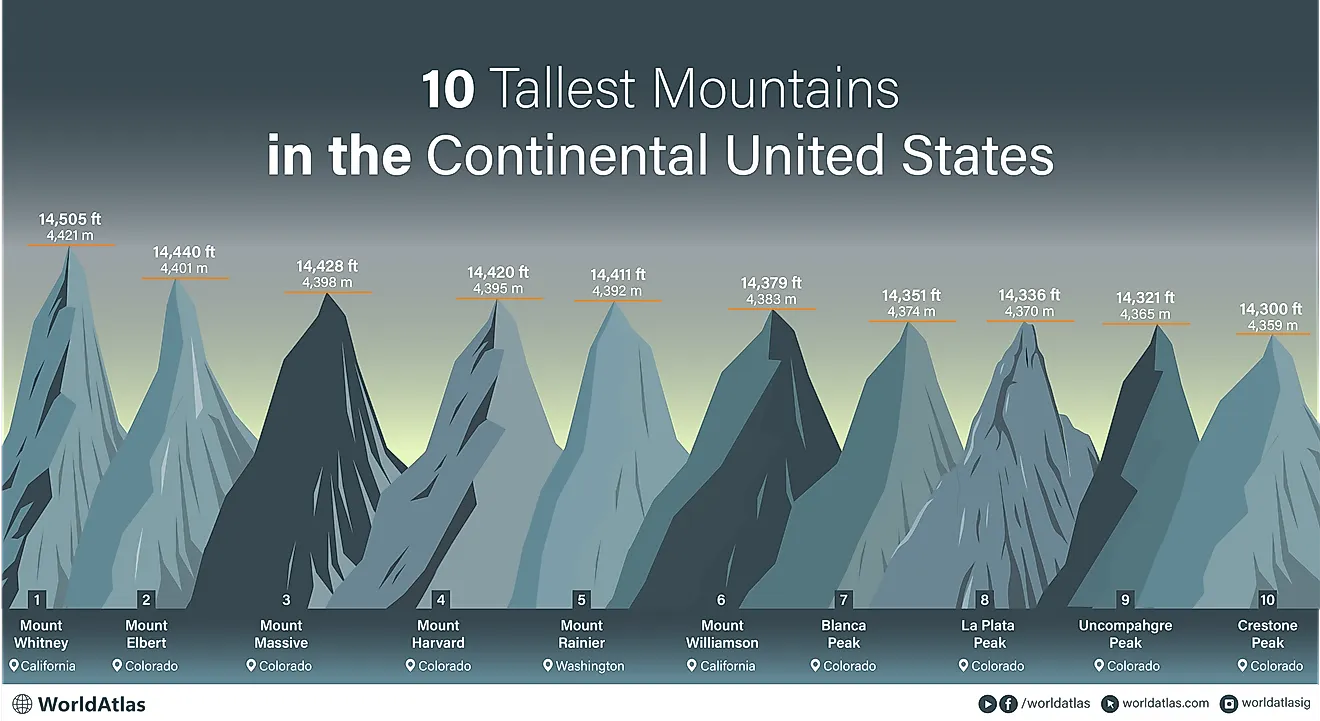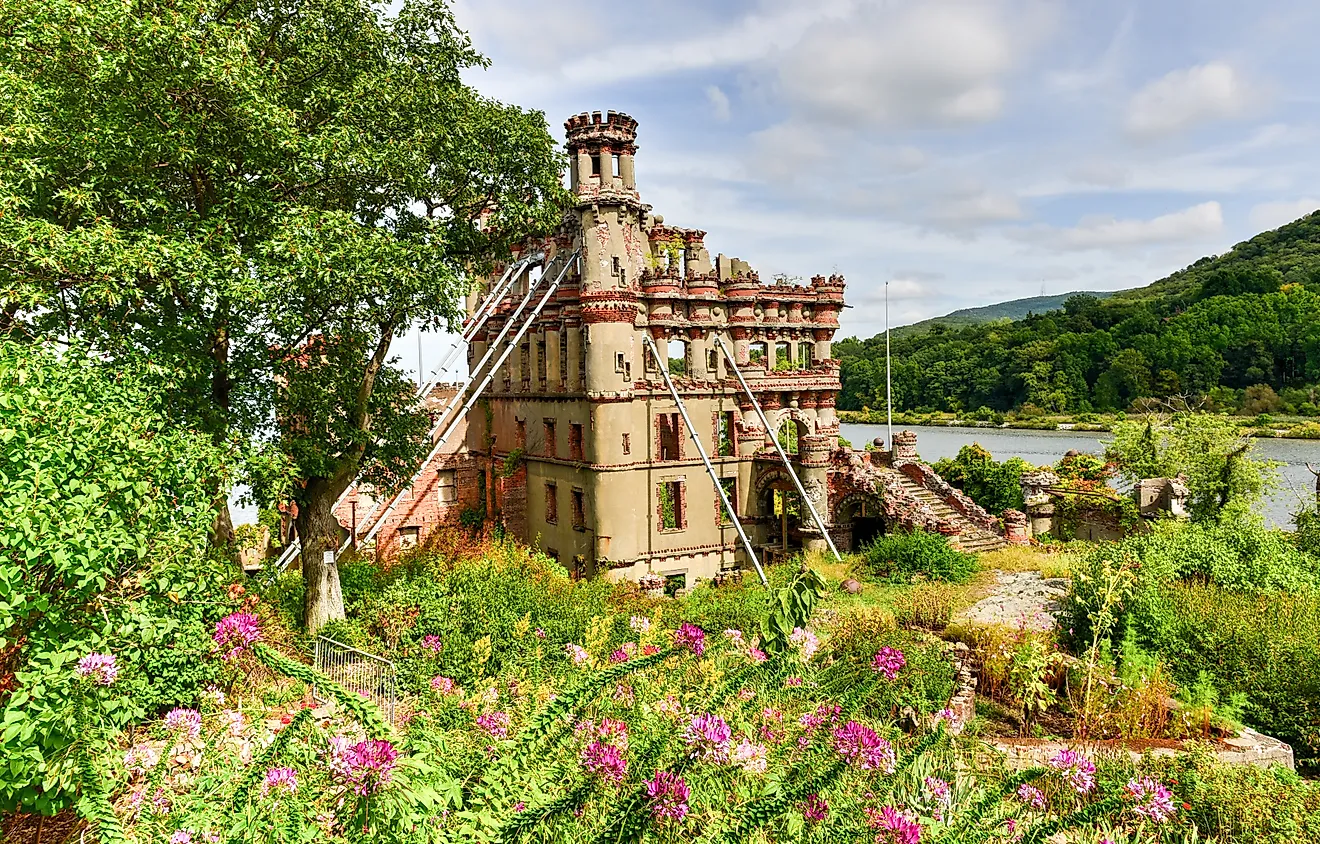
El Capitan, California
El Capitan, the Spanish term for "the captain," is a vertical granite structure that stands over Yosemite Valley's north side. El Capitan is the world's tallest granite monolith. With almost 3,000 vertical feet of sheer rock granite, it is a beacon for travelers, an inspiration for photographers, and one of the world's hardest climbs.
History Of El Capitan

El Capitan began to develop some 220 million years ago when prehistoric North America clashed with a nearby tectonic plate beneath the Pacific Ocean. The long, grinding collision pushed the Pacific plate into what is now California, igniting a subterranean pressure cooker that melted the earth's deepest rock strata into red-hot lava. The Ahwahneechee Indians, a subset of the Miwok tribe that resided in the western Sierras for thousands of years, were possibly the first humans to look upon El Capitan and the lesser granite monuments of Yosemite Valley. The beautiful valley was known as Ahwahnee, which means "Place Like a Gaping Mouth." They hunted wild wildlife, fished the Merced River, and collected over 100 different varieties of plants.

Nevertheless, it took Europeans three centuries to "find" El Capitan. Thousands of fortune seekers had been drawn into the Sierra Nevada during the 1849 Gold Rush. The emerging state of California employed bounty hunters and private militias to eliminate the region's indigenous people when the Miwok began fighting these newcomers. The mountain was given numerous names by Native Americans, including To-tock-ah-noo-lah, which meant "Rock Chief" or "Captain." The first reported encounter by European settlers happened in 1851, when the Mariposa Battalion, a local militia, visited the valley while chasing Indians. It was once thought that it was not possible to climb El Capitan, but at present, it is among the most famous rock-climbing destinations in the US.
Horsetail Fall

Horsetail Fall in Yosemite Valley cascades over the eastern side of El Capitan. This little waterfall is usually only active in the winter and is easy to overlook. It can glow orange when illuminated by sunset on rare occasions around mid-to-late February. This one-of-a-kind lighting phenomenon occurs exclusively on clear evenings when the waterfall is running. Even a slight haze or cloudiness can drastically reduce or eliminate the impact. A so-called "Firefall" in Yosemite National Park may appear to be a ribbon of pouring lava, but it is simply a typical waterfall lit by the setting sun. This sight attracts thousands of photographers and visitors every year, hoping to see the Firefall, even though it is short-lived and lasts only about 10 minutes.
Climbing El Capitan

The world's most renowned huge wall climb is The Nose on El Capitan (one of the climbing routes) in Yosemite National Park. In 1958, Warren Harding, George Whitmore, and Wayne Merry spent 45 days climbing the enormous 914m route. The group concentrated on the prow produced by the meeting of the southeastern and southwestern sides, which became known as the Nose. Most 'regular' climbers now take three to five hours. However, in 2018, Tommy Caldwell and Alex Honnold finished the course in under two hours. Harding and two others finally reached the summit on November 12, 1958. El Capitan has since gained popularity among climbers, with Alex Honnold becoming the first to scale the peak without the use of ropes in 2017.
Yosemite National Park

Yosemite National Park in California is an emblem of America's breathtaking natural beauty. It attracts millions of people each year, drawn to its stunning waterfalls, gigantic sequoias, plentiful animals, and breathtaking cliffs like El Capitan. Visitors will find their home in Yosemite, whether they're seeking an adventure trip of a lifetime, witnessing the immense natural richness, or just hiking, backpacking, or skiing in one of the world's most amazing destinations.











